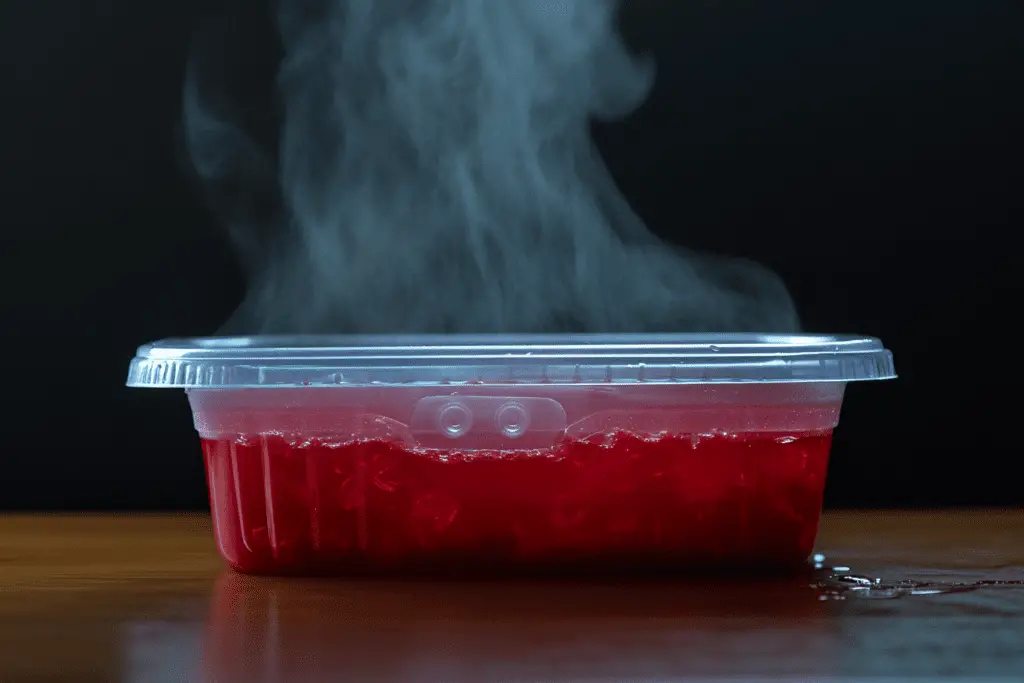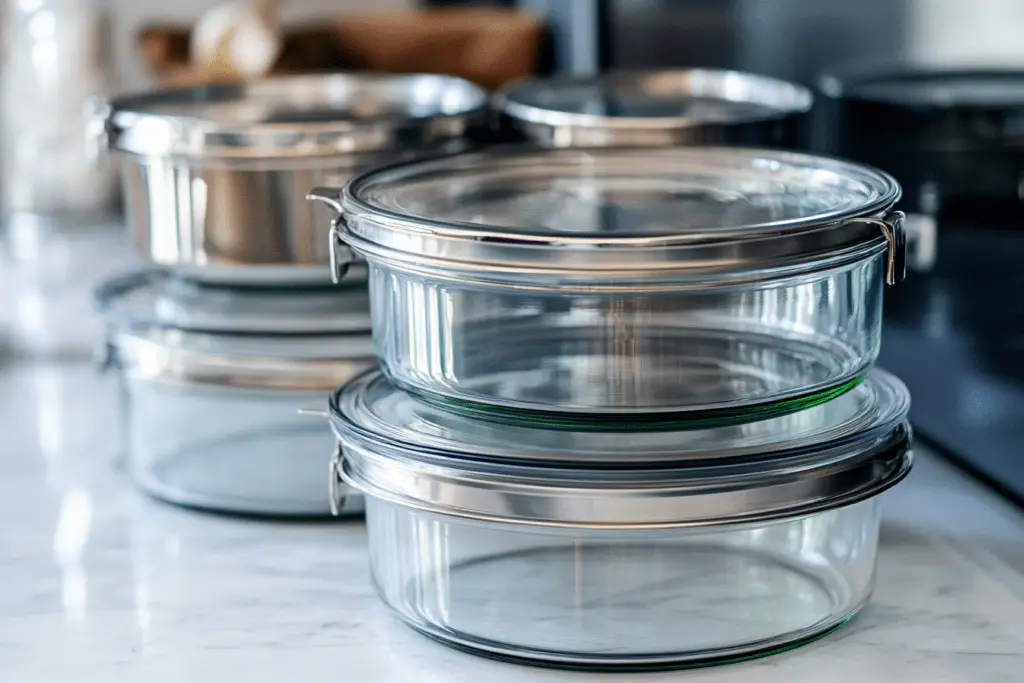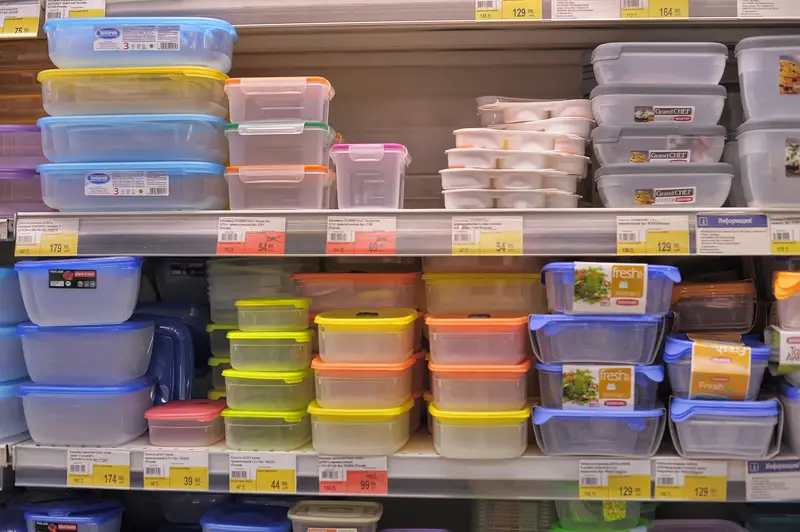Plastic containers have become so commonplace in our daily lives that we barely give them a second thought. However, startling research shows that only 8.7% of plastic waste gets recycled in the United States, while the rest piles up in landfills or ends up in our oceans. But the environmental impact is just the beginning of why we need to reconsider our reliance on plastic containers.
Hidden dangers lurking in your storage containers

What many people don’t realize is that plastic containers can contain harmful chemicals that leach into our food and beverages. Recent studies have identified concerning links between plastic container chemicals and various health issues, including hormone disruption, neurodevelopmental problems, and metabolic disorders.
Even more alarming, some manufacturers are using toxic PFAS “forever chemicals” in their plastic containers. These chemicals never break down in the environment and have been associated with serious health conditions, including cancer and thyroid disease.
The environmental toll keeps mounting
The United States alone generated over 14.5 million tons of plastic container waste in 2018. What happens to all this plastic? A shocking amount ends up in developing countries, where it overwhelms local waste management systems and creates environmental hazards for communities.
If current trends continue, experts predict U.S. plastic waste will exceed 140 million metric tons by 2060. That’s equivalent to the weight of nearly 400 Empire State Buildings.
Smart alternatives for a healthier future

Fortunately, numerous alternatives exist that are both safer and more sustainable. Glass containers offer a highly recyclable option, while metals provide durability without the risk of chemical leaching. For those concerned about weight, innovative paper-based containers with special barrier coatings are becoming increasingly available.
Companies are already leading the charge with creative solutions. New paperboard alternatives are replacing traditional plastic beverage rings, while molded fiber-based trays are taking the place of plastic blister packs in personal care products.
Simple steps to reduce plastic container use

Start by replacing plastic food storage containers with glass or stainless steel alternatives. When shopping, bring reusable produce bags and containers to reduce packaging waste. For products that must come in plastic, check for recycling symbols and avoid those marked with #3 (PVC) or #7 (mixed plastics), which often contain harmful chemicals.
What if every household replaced just one plastic container per month with a sustainable alternative? The cumulative impact would be significant – potentially preventing thousands of tons of plastic waste from entering our environment annually.
The evidence is clear: plastic containers pose risks to both human health and environmental wellbeing. While completely eliminating plastic from our lives may not be feasible, making informed choices about storage containers can significantly reduce our exposure to harmful chemicals and environmental impact. The alternatives are readily available – it’s simply a matter of choosing to use them.

